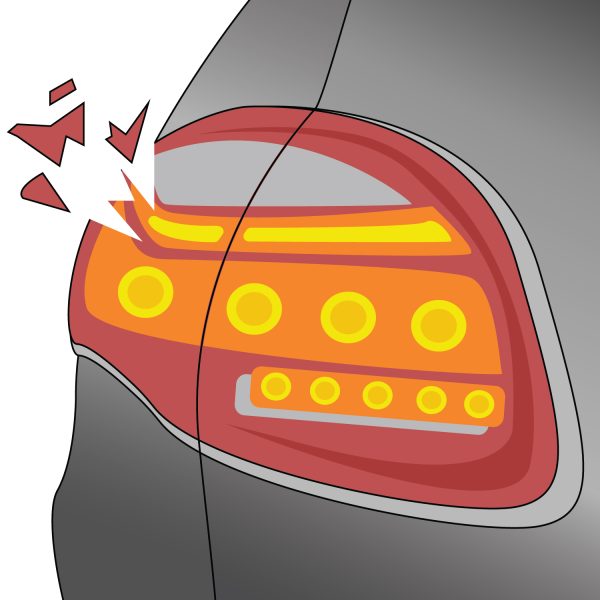Intricacies of the Insanity Defense
Vallow deemed fit for trial after psych treatment
WARNING: Graphic details of the killings could be offensive or disturbing to some readers.
Lori Vallow, 48, was charged with the murder of her two children, Tylee Ryan, 16, and Joshua Vallow, 7, in 2020. After receiving psychiatric treatment for almost a year, Vallow was deemed fit by the District Judge to stand trial on April 11, 2022.
In May 2021, the judge pushed back Vallow’s trial so that she could receive treatment after being considered unfit. According to oxygen.com, the prosecutors tried to object to the judge’s decision, but after looking at Vallow’s psychological report, they withdrew their objection.
Idaho District Judge Steven Boyce created a court order to have Vallow stand trial after being evaluated by psychologists. Vallow was charged with first-degree murder and conspiracy to commit murder after the remains of her missing children were found on an Idaho property.
Vallow and her husband, Chad Daybell, have received the same charges for the killings of the children. Vallow’s arraignment was scheduled for April 19.
This case was considered famous due to the strange circumstances discovered. From a probable cause statement collected by oxygen.com, it was found that Vallow and Daybell were preparing for an apocalypse, and began to believe in reportedly odd religious beliefs. It was also stated that they thought their children were “zombies.”
The public can argue that this is a clear case of “insanity” and that if the parents believed that their children were “zombies,” there is no possibility that they could tell right from wrong. The insanity defense, in this case, cannot be used due to the Idaho law.
According to the American Psychology Association, “In 1982, the Idaho Legislature repealed Idaho’s insanity defense statute and enacted a law that states that ‘mental condition shall not be a defense to any charge of criminal conduct,’ but the court may consider expert evidence on ‘any state of mind which is an element of the offense.”’
This law is supposed to emphasize “mens rea,” meaning that the defendant knows what they are doing is wrong and that mental illness cannot be used as an excuse for not knowing right from wrong.
Though the insanity defense cannot be used, the trial judge must consider any mental health conditions before creating a sentence for the offender, and the defendant must understand the charges against them.
The insanity defense is outlawed in four states: Kansas, Montana, Utah and Idaho. Though the defense is allowed in most states, it works less than one percent of the time. The insanity defense was created in 1843 England after an attempted assassination of the prime minister.
According to Psychology Today, “A man named Daniel M’Naughten attempted to assassinate the British Prime Minister who he believed was conspiring against him.”
The British government created the M’Naughten Rule which states that a defendant is not guilty if “(they do) not understand the quality of the wrong behavior and (had) no ability to understand the legal wrong of the behavior.” Some states do modify these standards for their term of “insanity,” and a forensic psychologist determines if the defendant possesses the criteria.
Infamously, during the sentencing of Jeffery Dahmer, the defense tried to use the insanity defense to convince the jury that Dahmer needed to be treated in a mental facility instead of being in prison.
Dahmer was a serial killer from Milwaukee WI who murdered 17 men and boys. He used different methods of torture and killing like dismemberment, rape and cannibalism. Dahmer was a reported necrophiliac. Most disturbing of all, he would try to turn the dead victims into “zombies” so that they could be his “romantic partners.”
However, the jury sided with the prosecution and determined that Dahmer could have stopped at any point during his killing spree. Dahmer admitted that he knew what he was doing was wrong which means that the insanity defense is not contained. Dahmer was convicted of 15 murders and sentenced to 15 life terms.
The goal of the insanity defense in the case of Dahmer was so he could receive proper treatment for his mental illnesses.
The insanity defense is a controversial topic even though the defense is rarely used today. The argument is that the defense attorneys could try to use the insanity defense to give a criminal getting a lighter sentence. That view is based on myths, because the insanity defense has only been recorded to work about 26 percent of the time it is used. Also, if the insanity defense worked, the sentence is not shortened. The defendant is usually required to be housed in a mental facility instead of a prison for the full sentence.















